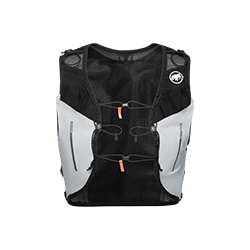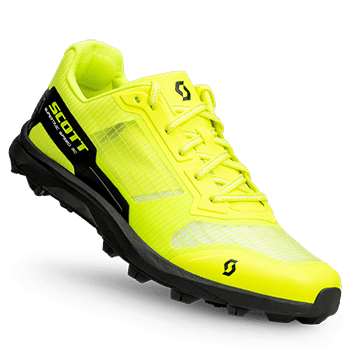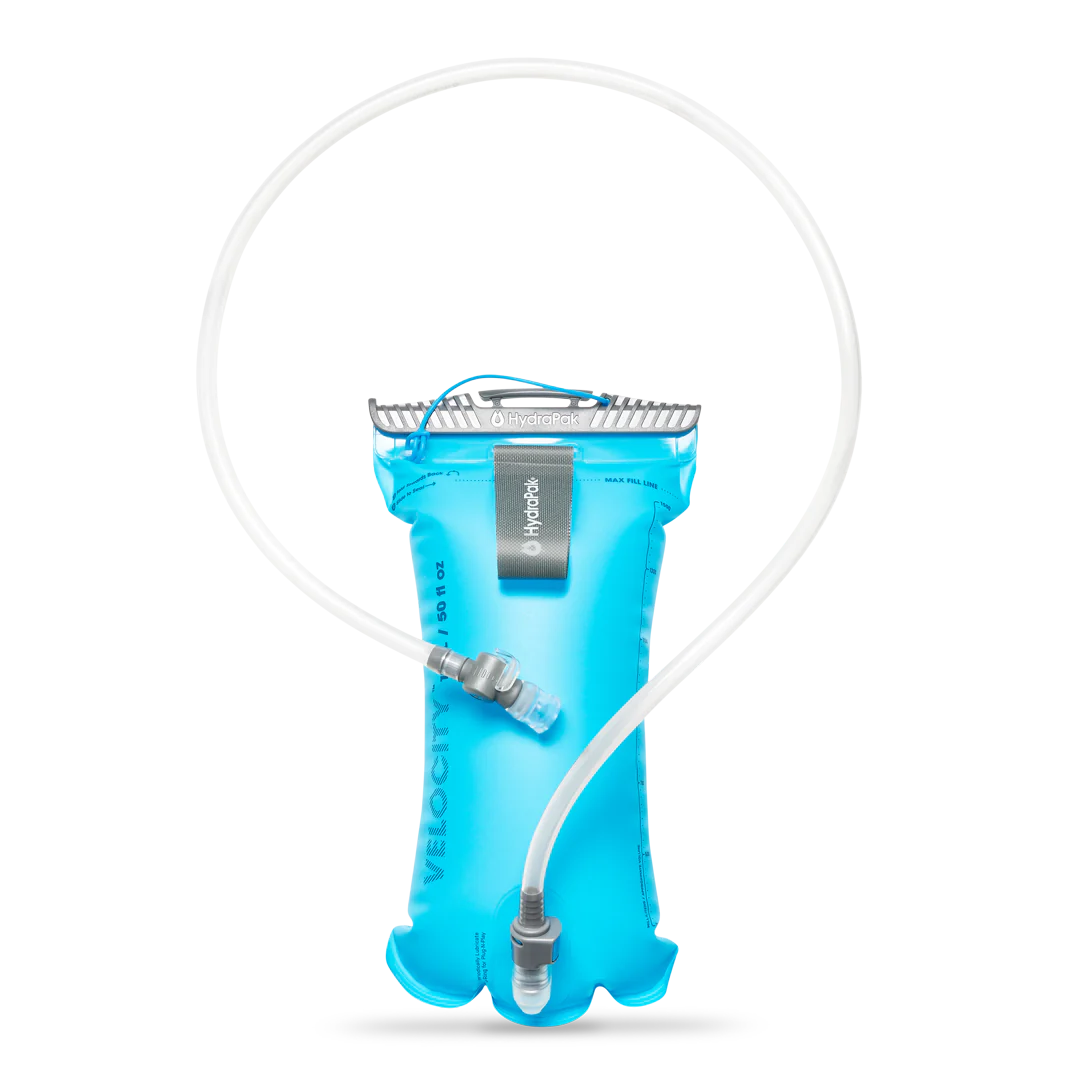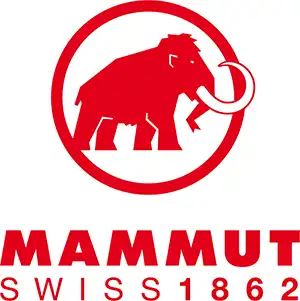Trail running is enjoying rapidly growing popularity. This article is about the common injuries that can occur and what can be done to prevent them.
This post is presented by Mammut, Scott and Hydrapak
Sometimes it happens because of overconfidence, sometimes because of carelessness, sometimes because of fatigue: the misstep. Whether you're an amateur or a professional, most people will have had experience with it. In rough terrain, the foot can easily bend. This often results in an injury to the ankle or the surrounding structures.
Trail Running However, from a health perspective, it also poses other risks. Below we will look in more detail at preventive measures that can be taken to avoid injuries.
Table of Contents – Injuries and Prevention in Trail Running
- Common injury: Dislocations and sprains of the ankle
- Bruises and abrasions
- Overloads – Achilles tendon, knees, hips, back
- Mobility, balance and strength training
- Further options for injury prevention

Common injury: Dislocations and sprains of the ankle
"Around 40 percent of the 6900 accidents related to trail running are dislocations, sprains, strains and muscle and tendon injuries to the ankle and foot." This is what the Swiss Accident Insurance Fund wrote in a media release from 2022.
And since trail running has become increasingly popular in recent years, it can be assumed that these numbers are still correct today, if not even increased. The well-known sports doctor Volker Schöffl also sees a sprained ankle as the most common injury in trail running.
And it's somehow obvious: When you're moving in rough, steep or root-filled terrain, like when trail running, you can twist your ankle or fall more quickly than you think.

Prellungen
If you twist your foot on the trail and you instinctively try to take the weight off the affected leg in a split second, this can quickly lead to a fall. Depending on your running speed, the nature of the terrain and your ability to react, this unintentional showpiece can end well or be quite painful.
If you fall or miss an obstacle, you can suffer a painful bruise to your muscles, joints or bones. This compresses blood and lymph vessels, causing swelling and bruising.
Bone bruises are particularly painful because, as in the shinbone, there is little protective tissue and bruises develop between the bone and the pain-sensitive periosteum.

Mammut Aenergy TR 5:
Feather-light vest for trail running
This vest is the golden compromise between comfort and features: Ergonomically shaped shoulder straps complement the ultra-light construction. The back pocket, two soft flask holders, a compartment for the hydration system plus two quick-access pockets offer plenty of space. All parts of the Mammut trail running collection are 100% decarbonized.
Overloads – Achilles tendon, knees, hips, back
Physical complaints often occur in the form of overload. It is not only beginners who run the risk of overtaxing their bodies. Even professional athletes are not immune to overload.
According to Maria Christen, these could affect the Achilles tendon, the knee, the hip or even the back. The Scott trail runner has already experienced what it feels like when pain occurs in the hip. "I assume that in my case the particularly intensive downhill running caused this overload.
Maria Christen reveals how she tackled this problem and got it under control again in the section on strength and balance training below. She has written about the importance of preparing your body for the stresses of trail running in the previous part of this series also already spoken.

A well-known form of over-exertion in the running scene is runner's knee, which is characterized by an unpleasant and non-specific pain in the front area of the knee. Heavy strain during trail running can irritate the tendon plate. In many runners, this is already shortened and rubs against the bones of the knee when running.
To avoid chronic problems, it is worth taking persistent pain seriously and seeking advice from a specialist in a timely manner.

Scott Supertrac Speed RC
Performance trail running shoe for any terrain
Scott has a shoe for every terrain. The Supertrac Speed RC is the ideal shoe for everything from mountain running to obstacle courses. Thanks to the new firm and robust outsole you will never lose grip. Muddy or rocky, rain or snow, it accompanies you in any weather. One thing is certain: With this robust shoe you can move quickly.
The soles of the feet are also a known problem area. Heel pain is a common problem among runners and can be caused by excessive strain or poor running shoes. A heel spur, a calcification at the tendon attachment, can lead to painful irritation or inflammation of the tendons and the surrounding tissue. However, a heel spur does not necessarily cause pain. Many people with a heel spur still run without pain.
Mobility, balance and strength training
A simple and effective way to prevent injuries is to warm up. The human body behaves in a similar way to a car engine: if you avoid cold starts and immediately revving up to maximum revs, this reduces wear and extends the life of the components.
But enough of the analogies, back to warming up. Scott trail runner Maria Christen recommends stretching briefly before starting to run and mobilising all the important joints and muscle groups. Another way to gently get your body going is to run very easily for about ten minutes and then Running ABC to be completed.

After intensive sessions, a cool-down can work wonders. If you take it easy for the last few hundred meters instead of making a final sprint, you're doing yourself several things in the best way: the strained muscles can slowly cool down and at the same time become a little loosened, which encourages relaxation.

Odlo Performance Wool 140 Seamless Base Layer Shirt
Quick-drying merino mix for comfort and performance
Performance Wool is a blend of Merino virgin wool and highly functional synthetic fibers. This unique combination ensures optimal heat regulation and moisture management. The seamless construction of the shirt ensures maximum freedom of movement and comfort during any activity. In addition to the basic version of the Seamless Base Layer Shirt, Odlo also offers a sports top.
In addition, it is worthwhile for beginners as well as advanced runners to regularly train mobility and stabilizing muscles. If the musculoskeletal system is restricted somewhere, this affects a smooth running style, which sooner or later affects sore spots such as the Achilles tendon, knees, hips or back.
For prevention, I often do hip exercises and mobilizations - sometimes in the evening or in the morning, even if I don't go running.
Mary Christians
As a layperson, it is often not easy to find out which areas you should strengthen and which should be stretched/mobilized. That is why it can be worthwhile to visit a specialist and ask them to give you specific exercises.
Maria Christen, who switched from cross-country skiing to trail running, sees her strength training as a whole-body workout: "I focus on the legs and make sure that everything from the ankles to the calves and hips is strengthened. The core is also very important because it helps to stabilize everything."
Possible strengthening exercises for the legs

Hydrapak Velocity 1.5L
Ultralight hydration bladder for trail running
Velocity is the lightest hydration bladder from Hydrapak and is deliberately kept minimalist. With its slim profile, it fits more comfortably into vests and backpacks. The drinking tube can be easily removed and the automatic shut-off valve prevents leakage. Thanks to its extra wide opening, the Velocity can be quickly refilled on the go.
Further options for injury prevention
Since trail running – in contrast to running on forest paths or roads – involves running on very different surfaces, it requires a much higher level of coordination and concentration.
Even if it looks child's play for professionals like Kilian Jornet as he races over stones, scree and roots at breakneck speed, beginners in particular should approach the challenges on the trail slowly.
A simple and fun way to train your balance and coordination is slacklining. The feeling of balancing your body on the slackline is very similar to that of balancing on a challenging trail.

An important point regarding injury prevention is the supply of energy and fluids. We are aware that nutrition is a huge topic in sport. That is why we only want to address a few very basic points here.
The human body is made up of mostly water, and insufficient hydration can lead to symptoms such as dizziness, weakness or cramps, which can quickly lead to falls and/or injuries on a trail.
In order for the metabolism to function smoothly, the body needs a balanced water balance. That's why it's important to drink enough before, during and after trail running.
On the other hand, a lack of nutrients can of course also cause energy deficits and impair regeneration. That is why it is advisable to give your body sufficient calories and nutrients before, after and, in the case of longer sessions, during training.
Maria Christen has a number of ideas about what she is focusing on when it comes to food here. betray.
We've got you covered with what you need to get started with trail running safely and what you should pay attention to when it comes to equipment first part of this trail running series described. Part two of the trail running series explores the question of whether trail running is the perfect training for mountaineers. Part three of the trail running series we provide you with training tips.
Content partners
This five-part series on trail running is presented by Mammut, Scott and Hydrapak
Mammut is a Swiss outdoor company founded in 1862 that offers high-quality products and unique brand experiences to mountain sports fans around the world. The world's leading premium brand has stood for safety and groundbreaking innovation for 160 years. Mammut products combine functionality and performance with contemporary design. With the combination of hardware, shoes and clothing, Mammut is one of the most complete suppliers in the outdoor market. Mammut Sports Group AG operates in around 40 countries and employs around 800 people.
Scott Sports is a leader in the development, manufacture, distribution and marketing of high-end performance products for biking, winter sports, motorsports and running. Innovation, technology and design are the essence of Scott products and the vision of the engineers and designers.
The brand portfolio includes Syncros, Bergamont, Bold Cycles, Unparallel, Dolomite, Powderhorn, Bach and Lizard. R&D, marketing and sales are managed from the headquarters in Givisiez, Switzerland. Scott employs more than 1500 people worldwide and operates in more than 100 countries.
Since 2001, Hydrapak has stood for flexible, high-performance hydration systems that reliably accompany athletes on their adventures. Hydrapak's performance-focused design and equipment are distilled down to the essence of functional performance. Hydrapak has earned its reputation on dusty desert trails and icy mountain peaks. Partnerships with Salomon and Osprey are the ultimate seal of quality. Hydrapak not only supplies its brand partners, but also works closely with them during the design and development phase.








